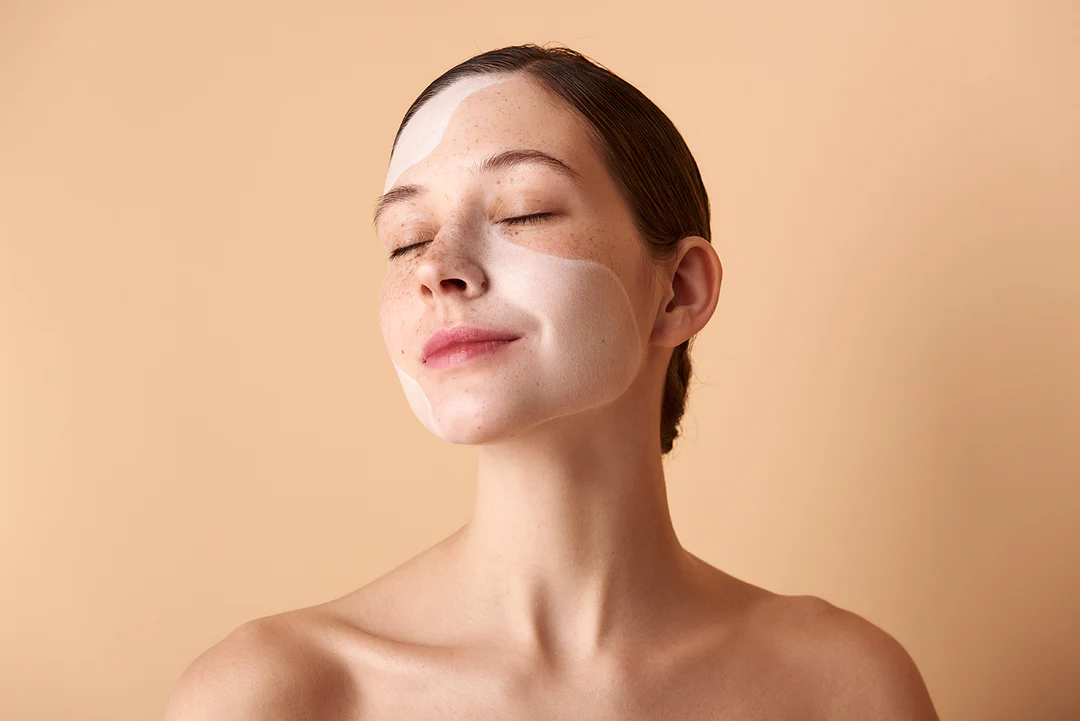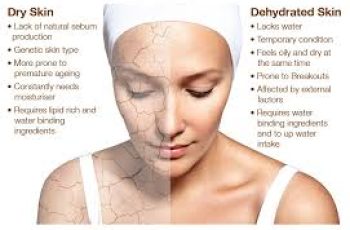
Should I use a serum or moisturizer first?
Finding the best routine for your skin and lifestyle has never been easier. I have to admit that we are spoilt for choice when it comes to effective formulas that provide the best results. Despite all these positives, there is one downside that just won’t go away and that is the confusion about which product should be applied to the skin first. If you have ever wondered about this, hopefully today will clear things up. So let’s find out together how to use your skin care routine the right way and which product should be applied first: serum or moisturizer.
Which should I use first, serum or moisturizer?
You will find that serums applied first will absorb into the skin quickly and usually do not leave a greasy residue. Since they are much lighter than moisturizers, it is best to apply a serum beforehand. Avoid using them after moisturizers as they are usually thicker creams and the oils in their formula will form a barrier on the skin, making it difficult for the serum to reach the lower dermis. When moisturizer is applied over a serum, the barrier created by the moisturizer is more effective, helping to fight the damage caused by environmental aggressors such as cold weather, UV rays and wind.
In what order should you perform your skin care routine?
Below are some examples of simple yet effective skin care routines that can be used morning and night. Not to mention, you can change or add additional steps if you want or need to.
Morning Routine:
Cleanser/Face Cleanser
Chemical Exfoliant Toner
Serum
Eye Cream
Moisturizer
SPF 30 and above
Evening Routine:
Makeup Remover
Cleanser/Face Cleanser
Chemical Exfoliant Toner (if not used in the morning)
Serum
Eye Cream
Night Moisturizer
Facial Oil (optional)
Night Mask (optional)
As I mentioned, you can mix and match these products to best suit the feel and look of your skin. Keep in mind that the ingredients also play an important role and must be taken into account when using them together in your daily routine.
How Long Should You Wait Between Serum and Moisturizer?
It is believed that you should pay close attention to how long you should wait after your serum before applying your moisturizer to get the best results for your skin. Similar to applying moisturizer at the right time, there are other methods and habits you can adopt in your skin care routine to keep your skin looking and feeling its healthiest.
To ensure you get the most out of your skin care routine, especially serums and moisturizers, there are a few things to keep in mind:
Always make sure your skin is thoroughly cleansed and cleared of any accumulated dead skin cells so that the serum can be optimally absorbed when applied to the skin.
Apply to damp skin, especially if your serum contains moisturizing ingredients like niacinamide and hyaluronic acid.
Less is more. Don’t forget that serums are highly concentrated, i.e. you don’t need much to achieve results.
Wait, then moisturize. When a serum is well formulated, it absorbs quickly into the skin and disappears into it effectively. The ideal time to let a serum fully absorb is about 5 minutes before applying your moisturizer.
These are some tips on how to keep your skin looking its best and how to make the most of the active ingredients and powerful skin care products you use every day.
Can you use 2 serums on your face?
You actually can! However, it is considered best for the skin to use no more than 2 in any skin care routine. They are also very effective when used on top of each other. However, there are a few tips you should keep in mind to avoid unwanted skin reactions.
Watch out for ingredients
When using serums with active ingredients that don’t work well together, this can often be the main cause of unexpected skin reactions. If you use ingredients like retinol or vitamin C, it’s best to use them separately for the best results without added irritation.
Don’t exfoliate too hard
Exfoliating too hard can strip your skin of the important oils and moisture it needs to stay healthy. If you then apply a serum on top, you may find that it’s not as effective because it either overcompensates and helps the skin regenerate itself, or causes irritation and sensitivity.
Limit use to 2 serums
When you use two serums with complementary formulas, you’ll find that your skin is constantly benefiting from the different ingredients, vitamins, and minerals in the mix. They fight signs of aging, loss of firmness, uneven skin tone, and counteract other free radical damage caused by pollution, central heating, and environmental skin stressors.
Don’t forget to take care of your skin
Using multiple serums doesn’t mean you never have to use a moisturizer or facial oil again. These products target different skin areas and provide comprehensive protection for the face. If you want to provide your face with extra moisture and nourishment, you can use facial oils and moisturizers, both of which are formulated with powerful ingredients to restore and regenerate the skin while protecting the serum that works in the lower layers of the skin.
Which is better, serum or moisturizer?
Using these products together will significantly improve your complexion, especially if you have a drier and more sensitive skin type that is prone to skin conditions. While moisturizer forms a protective shield over the skin and prevents damage from external influences, it also slows down the evaporation of moisture from the skin. While the skin is protected, you can expect the serum to work in the lower dermis to benefit the complexion by restoring and repairing deep-rooted damage that occurs over time.
I hope you found this article useful today and helped you solve some of your skin problems! Don’t forget that you can find us on Instagram if you have any questions. Our direct messages are always open.


